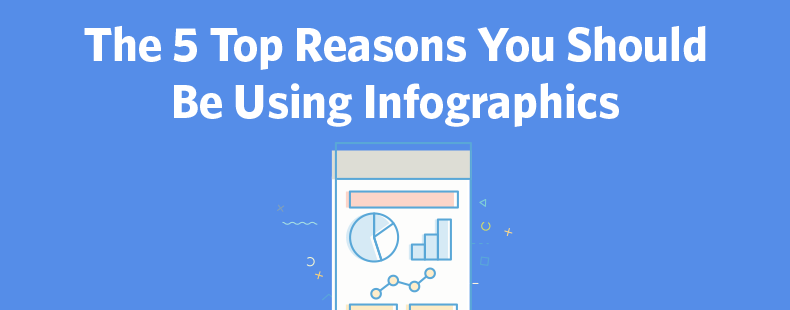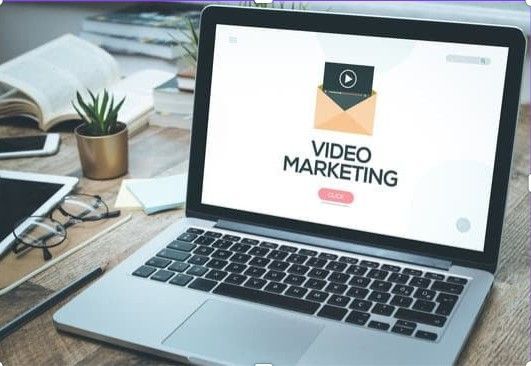Let’s Talk About What a “Brand” Is and Isn’t
In a world where businesses compete for attention and loyalty, understanding the true essence of a brand is more crucial than ever; this article explores what a brand really is and what it isn’t, helping you navigate the complexities of brand identity in today’s marketplace.
Table of Content
1. Introduction
· Overview of the importance of understanding a brand
2. What a Brand Is
· A Promise to Your Customers
· The Perception of Your Business
· An Emotional Connection
· A Unique Identity in the Market
3. What a Brand Isn’t
· Just a Logo
· A Product or Service
· An Advertisement or Marketing Campaign
· A Quick Fix
4. Conclusion
What a Brand Is
. **A Promise to Your Customers**
At its core, a brand is a promise. It’s the expectation that your customers have when they see your logo, interact with your products, or engage with your services. A strong brand delivers consistently on this promise, whether that’s quality, innovation, or customer service. **Understanding what a brand truly means** involves recognizing that it’s more than just a logo or a product; it’s a commitment to your customers.
2. **The Perception of Your Business**
Your brand is how people perceive your business. This includes everything from your visual identity (like your logo and colors) to your tone of voice in communications, to the experience customers have with your products or services. **Defining your brand identity for business growth** means shaping this perception in a way that aligns with your goals and values.
3. **An Emotional Connection**
Brands go beyond tangible products or services; they create an emotional connection with customers. Think about how Apple evokes feelings of innovation and creativity, or how Coca-Cola brings to mind happiness and togetherness. **How to build a strong emotional connection with your brand** is a key factor in creating loyalty and long-term customer relationships.
4. **A Unique Identity in the Market**
Your brand distinguishes you from competitors. It’s the unique combination of elements—visual, verbal, and experiential—that sets you apart in the marketplace. **What makes a brand stand out in the market** is its ability to convey a unique value proposition that resonates with customers and differentiates it from others.
What a Brand Isn’t
1. **Just a Logo**
While a logo is an essential part of your brand, it’s not the brand itself. A logo is a symbol that represents your business, but the brand is the entire experience your company provides. **The difference between a brand and a logo** is crucial; relying solely on a logo to define your brand can lead to missed opportunities in creating a deeper connection with your audience.
2. **A Product or Service**
A product or service is what you sell; your brand is what you stand for. Your brand is the overarching narrative that gives meaning to your products and services. It’s the reason why customers choose your product over a competitor’s, even if they are similar in function and price. **Defining your brand identity for business growth** ensures that your brand encompasses more than just the products or services you offer.
3. **An Advertisement or Marketing Campaign**
Marketing campaigns are tools to promote your brand, but they are not the brand itself. A brand is the sum of all interactions and experiences a customer has with your business. Marketing can help shape these experiences, but it’s the brand that sustains long-term relationships. **Understanding what a brand truly means** involves recognizing that it’s a long-term asset, not a short-term tactic.
4. **A Quick Fix**
Building a brand takes time and consistency. It’s not something that can be established overnight or through a single marketing effort. A brand is nurtured over time through consistent messaging, quality products or services, and a deep understanding of your audience. **What makes a brand stand out in the market** is its ability to evolve and grow with its customers, rather than seeking quick fixes.
Conclusion
In conclusion, your brand is the lifeblood of your business. It’s the promise, perception, emotional connection, and unique identity that defines who you are and what you stand for. **Understanding what a brand truly means** and **defining your brand identity for business growth** will help you create a powerful, lasting impression in the marketplace. Remember, **the difference between a brand and a logo** is just one part of the larger picture; your brand isn’t just a logo or a product—it’s the experience and relationship you build with your customers over time.
By focusing on these aspects and incorporating **how to build a strong emotional connection with your brand** and **what makes a brand stand out in the market**, you’ll not only enhance your brand’s presence but also improve your SEO, making it easier for potential customers to find and connect with you.
The John Ramos Blog









